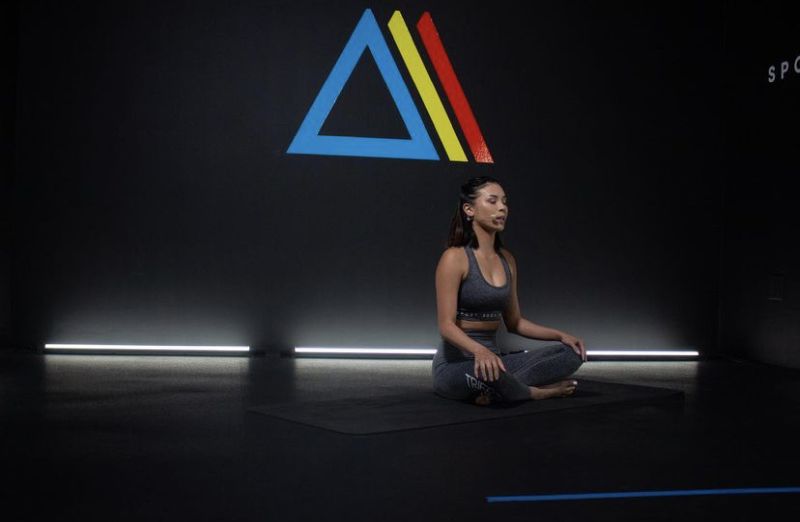


There are several types of yoga. Among them are: Acro, Aerial, Ashtanga, Bikram, Vinyasa, Kundalini, Hatha, Yin, Iyengar, Power, Sivananda, Prenatal, and more. Each yoga practice has a different philosophy and focus, which is why there are quite a few. The one we want to talk about today is Restorative yoga.
What is restorative yoga and how can it benefit you? I think that restorative yoga might be particularly useful around this time as the year comes to an end. When things get busy, we tend to neglect our own needs, which is fine and normal, but maintaining balance is always important.
Like its name, restorative yoga focuses on relaxing the mind and body to restore your body and help it heal. To do so, the practice spends more time holding each pose (about 5 minutes or more), while focusing on slowing the breath, clearing the mind, and calming the body.
The poses are meant to release tension but also stretch your body in a way that doesn’t make you uncomfortable. Blankets, bolsters, and blocks are used to help reduce discomfort as well. So if stretching for long periods of time sounds painful to you, that’s not what restorative yoga should be like.
Some of the most common poses in restorative yoga are Child’s Pose, Corpse Pose, Legs-Up-the-Wall, Reclined Butterfly, Supported Fish, and many others. Everyone has their ways of de-stressing, but if you or someone you know often struggles with finding ways to relax or deals with a lot of stress and pressure, try restorative yoga next time. Some classes even include guided meditations. It’s also ideal to do on a rest day, especially if you’re sore or tight anywhere.
Focusing on centering and clearing your mind and relaxing your body is an ultimate form of self-care, something that we’re all in need of.